In order to transmit and receive data across short distances, Near Field Communication (NFC) tags are passive, small devices that utilise radio frequency technology. They are frequently employed in many different applications, such as access control, marketing, and business cards. NFC tags are made to be dependable and durable, but there are a few ways that they could be deleted or lose their data.
If an NFC tag is placed close to a powerful magnet, it may be erased in this manner. The NFC reader's ability to read from and write to the tag's memory could be affected by the magnetic field from the magnet, which could lead to data being overwritten or erased. Because of this, it is usually advised to keep NFC tags at least a few inches away from any powerful magnets.
Another way that an NFC tag could be erasing is if it is damaged or physically compromised in some way. If the NFC tag is damaged, it could potentially lose its ability to communicate or store data. This could be due to physical damage, such as the tag being bent or scratched, or due to exposure to extreme temperatures or other environmental factors.
NFC tags may also be deleted due to software or firmware faults in addition to physical damage. It is possible for data to be destroyed or for the NFC tag to stop working properly if the tag's software or firmware is malfunctioning. There are several potential causes for this, including a software bug or an issue with the NFC reader.
A manual factory reset, a "erase" function, or overwriting the tag with new information using software are various methods of erasing them. Using free software, this can be done on a computer or smartphone.
Finally, NFC tags could also be deleted if their data retention time expires. Data retention on NFC tags is intended to last for a set amount of time, typically 10 years. The tag might not be able to keep data properly if the data retention time has passed.
It's critical to take good care of NFC tags and make sure they aren't destroyed, exposed to harsh temperatures, or drawn into strong magnets in order to prevent data loss or erasure. To make sure the tags are operating properly, it's also crucial to often check their firmware and software. Last but not least, it is a good idea to replace any NFC tags that are nearing the end of their data retention time if you want to make sure they keep working as intended.
An NFC tag could be wiped or lose data in a variety of different methods. You can make sure that your NFC tags continue to work properly and provide dependable communication by being aware of these potential problems and implementing the appropriate safety measures.



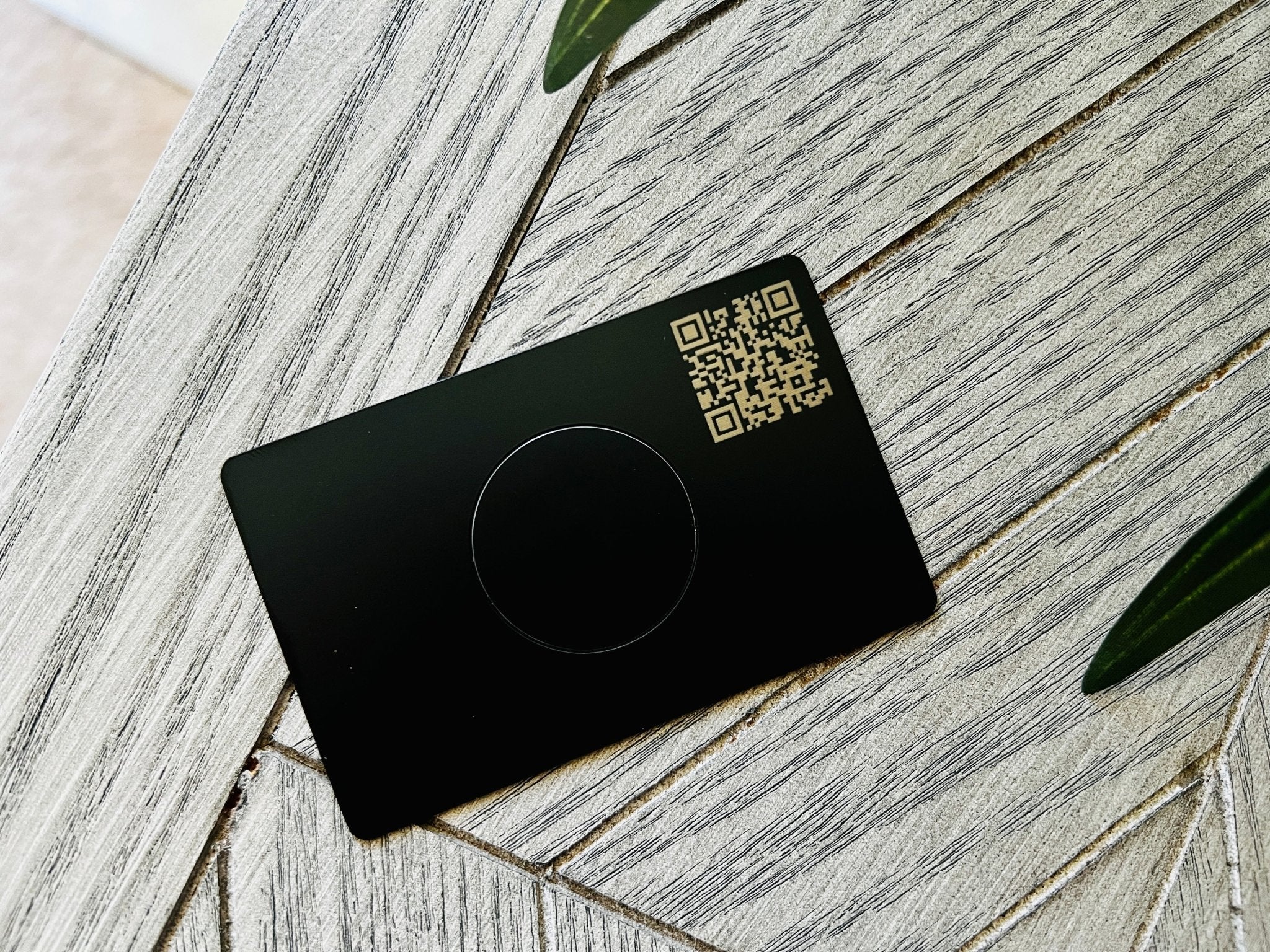

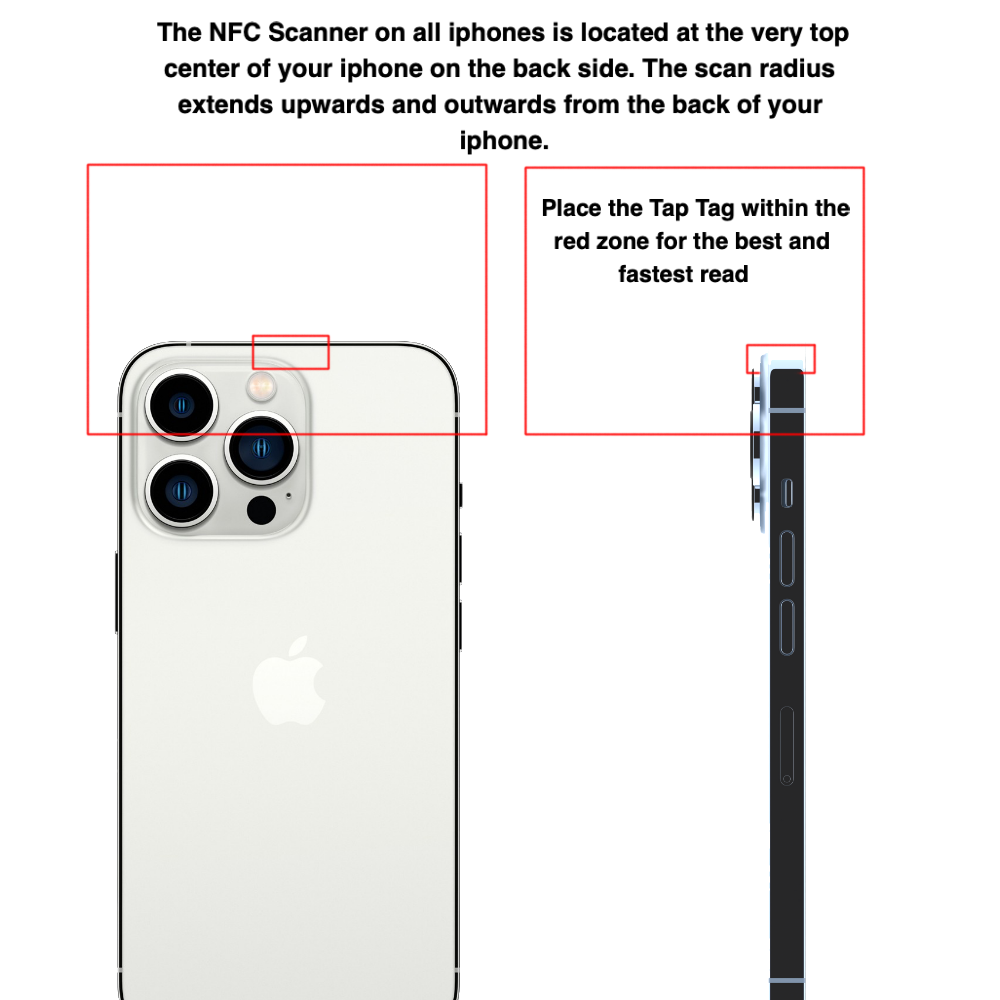
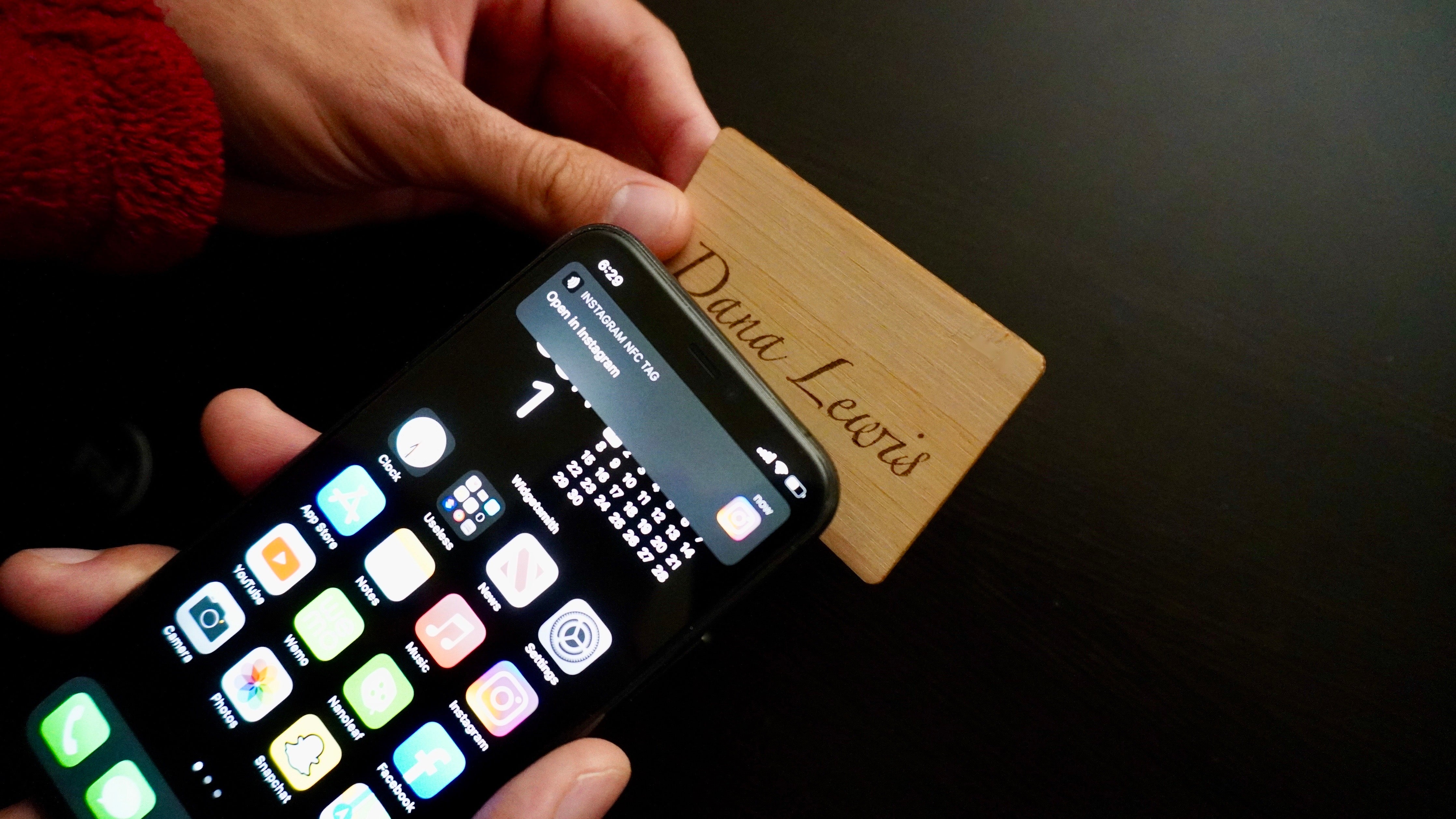





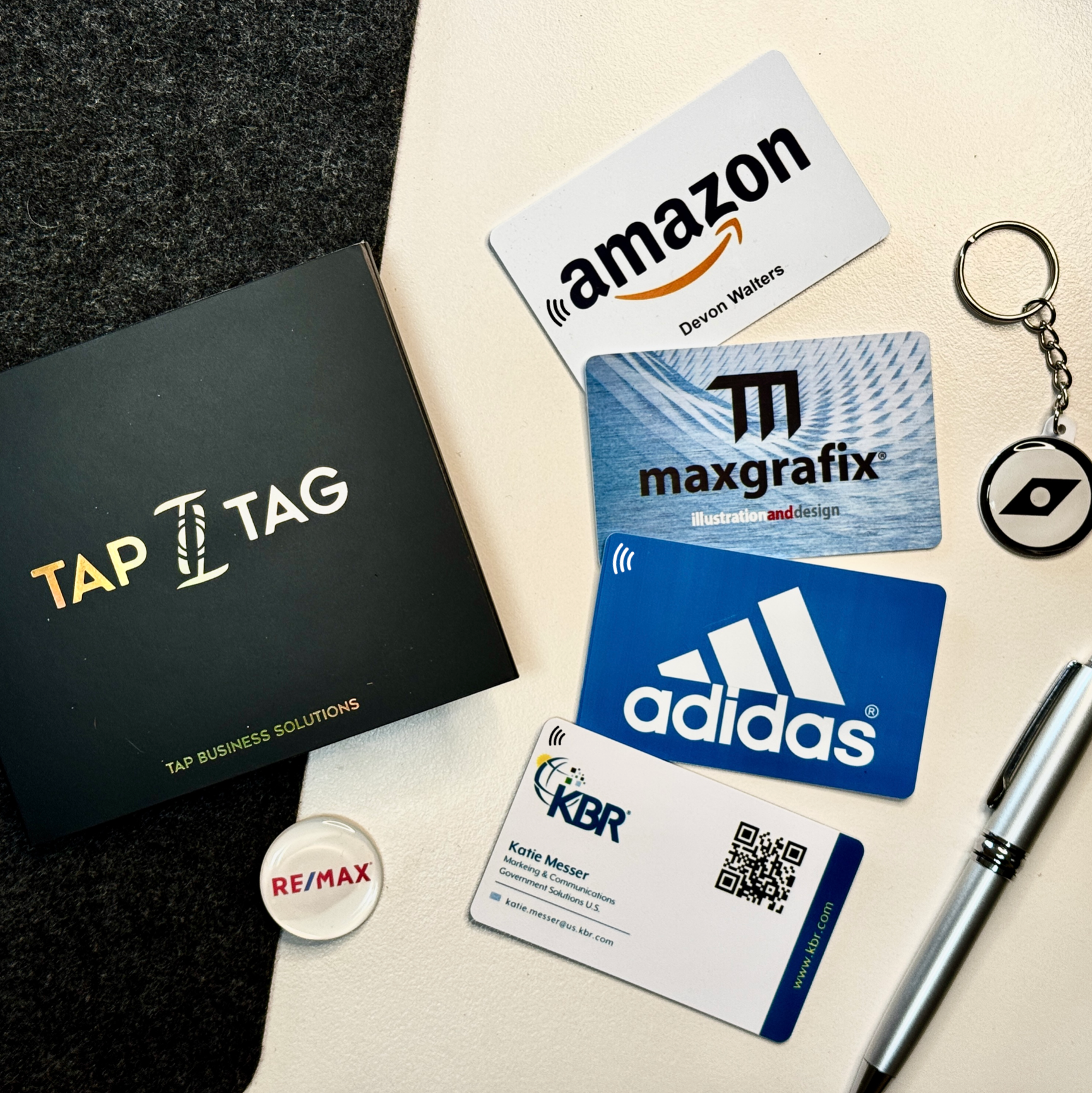


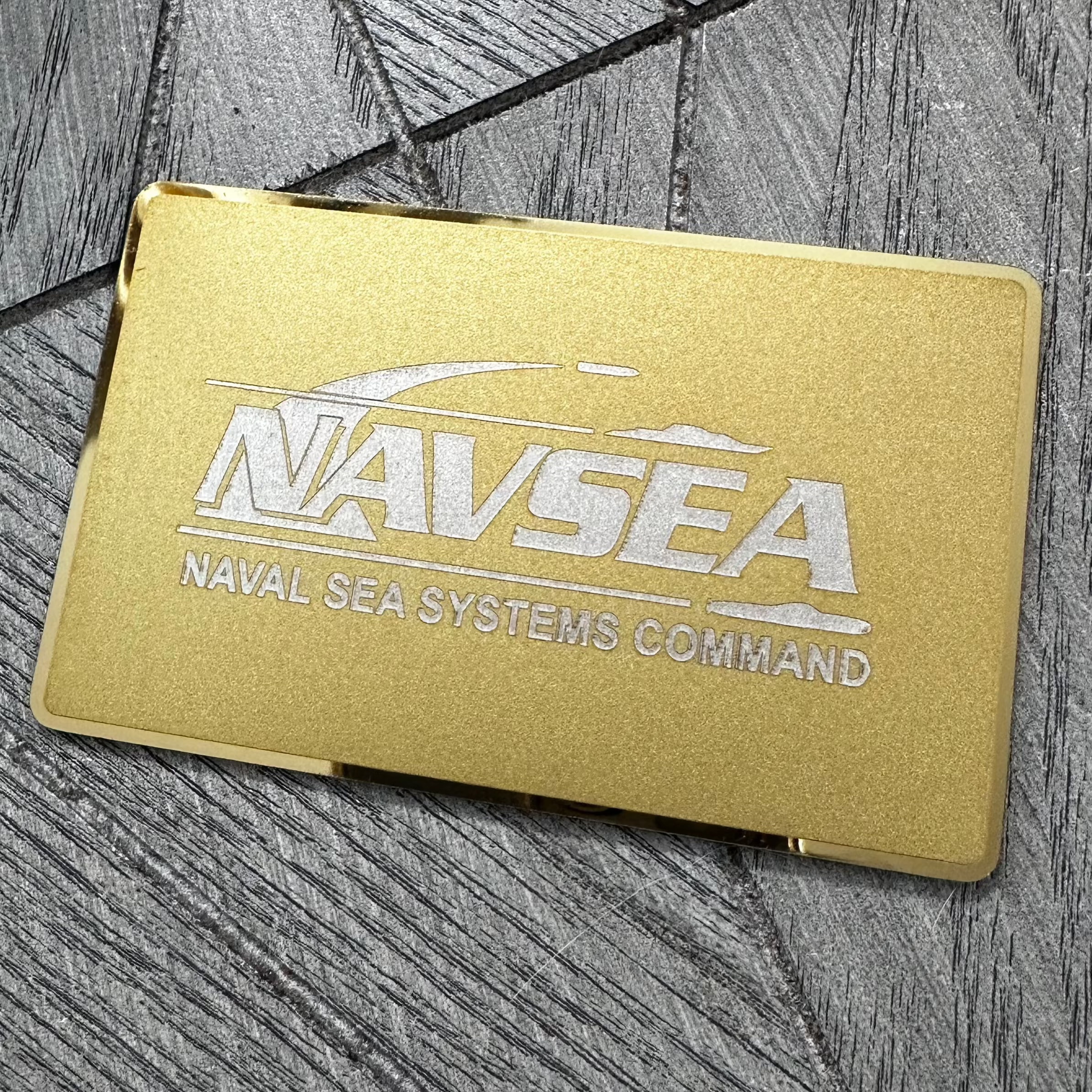



Leave a comment
This site is protected by hCaptcha and the hCaptcha Privacy Policy and Terms of Service apply.